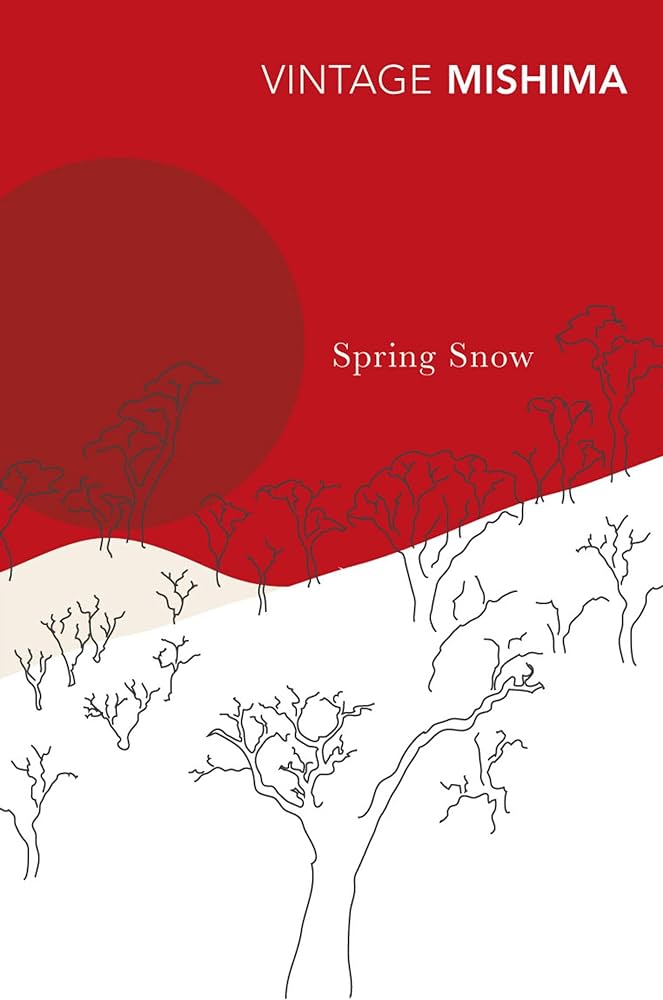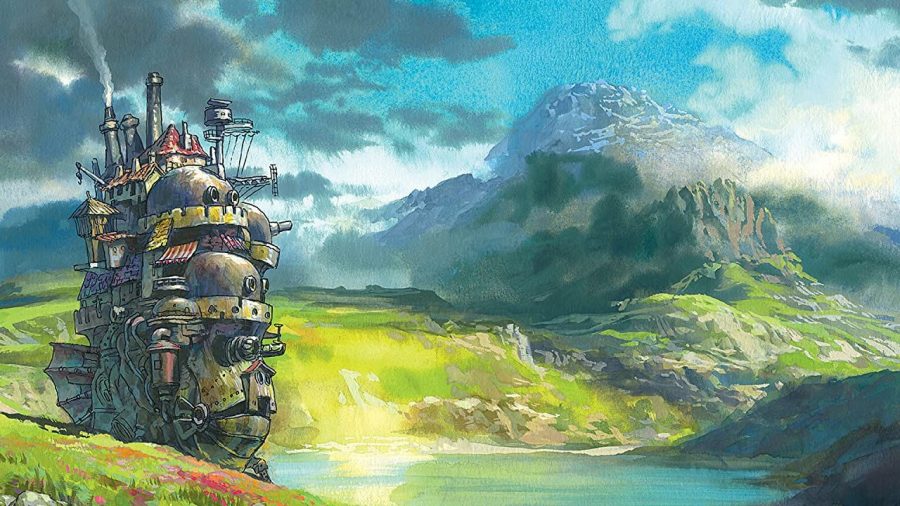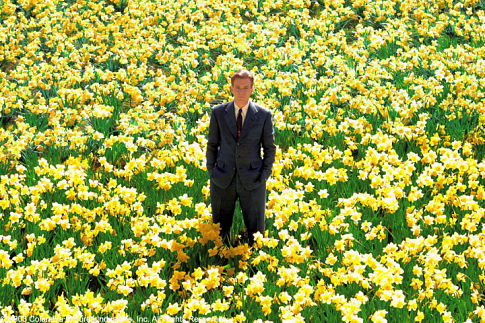One month, one book. That is all it takes to discover the world of literature. This month, let’s take a trip across the world to Tokyo, Japan in Yukio Mishima’s novel “Spring Snow.”
“Everything, really, has this quality of sacredness, but we can desecrate it at a touch. How strange man is! His touch defiles and yet he contains the source of miracles.” — Yukio Mishima
This beautiful and complex tale surrounds the dawn of the Taishō era in 1912. This crucial time in Japanese history was marked by political crisis and transformation. The novel specifically discusses the chaotic introduction of westernization to a closed off and unyielding society, while also capturing the essence of the impending first World War during the metamorphosis of Japanese aristocracy.
Mishima best represents this point in history with two wealthy families who hold high power and influence. The story follows Kiyoaki Matsugae, the son of the nouveau riche family who recently moved to Tokyo, and his love for Satoko Ayakura, the daughter of the aristocratic family slowly losing their political power. Kiyoaki’s relationship with Satoko faces societal expectations, class disparities and the rapid transformation of traditional Japanese culture. The protagonist also has complicated relationships with his friend, Honda, and the Ayakura family, who all represent the conflict between tradition versus innovation.
Often said to be the Japanese “Romeo and Juliet,” the romantic tale between Kiyoaki and Satako possesses a certain elegance and is shadowed with melancholic tones. With poetic prose, Mishima uses themes of purity and tragedy to take the reader through this seemingly classical drama. The author also perfectly describes the tension between old and new Japan through the complex thoughts, conversations and relationships between characters.
The story is brought to intense emotional depths through the use of sensory language. This is the highlight of the book – the reader becomes immersed in the historical landscape and picturesque beauty of Japan that sets the stage for Kiyoaki, his relationship with Satako and the political strife that keeps them apart. Mishima skillfully weaves in traditional omens while creating this scenery, further enriching the story with unique metaphors that foreshadow the tale’s tragic end.
The novel is a slow burn in all the right ways– something that Yukio Mishima excelled at. He was a Renaissance man who dabbled in playwriting, poetry, acting and modeling. With a great interest in history and politics, Mishima was a controversial figure who criticized westernization. His beliefs and appreciation for Japanese tradition drive his writing with passion. As the first novel in his Sea of Fertility series, “Spring Snow” is one of Mishima’s most notable works because it is the perfect thematic comment on faith and cultural transformation.







